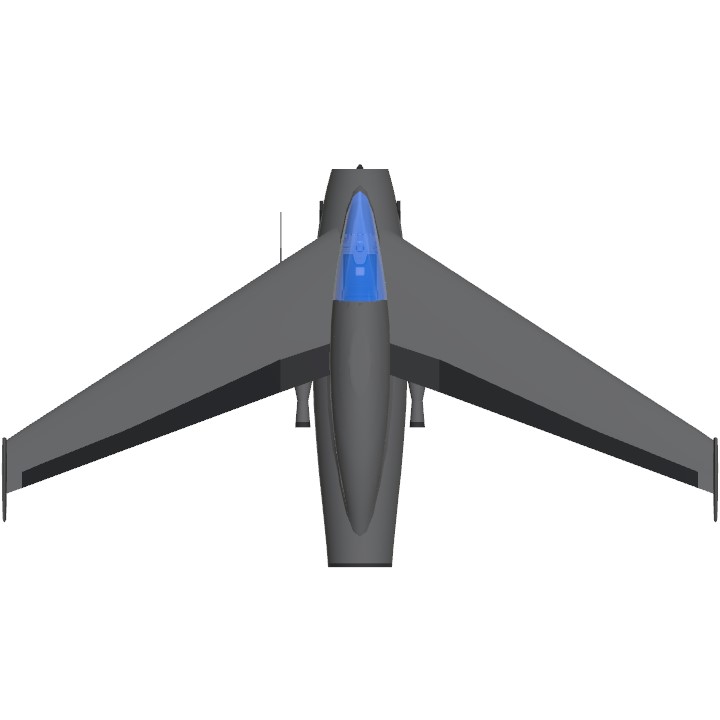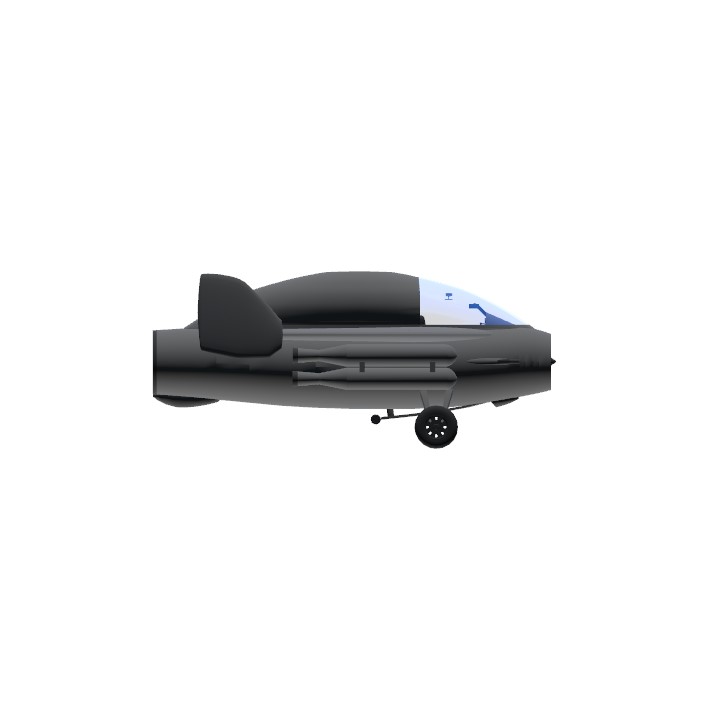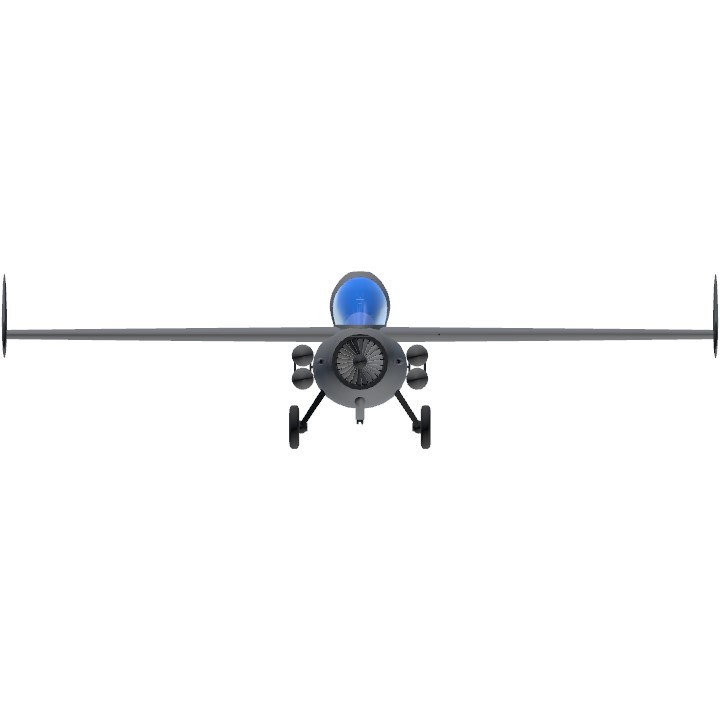DESCRIPTION
At the end of World War II, Kayaba Seisakusho (currently KYB) We created the Kayaba Katsuodori, a ramjet interceptor planned for the army based on the research results of the tailless glider that was developed in-house!



OPERATION EXPLANATION
Activate8:Engine OFF/ON
LandingGear:Remove Gear With JATO/Stabilizer Deployment
Rocket:JATO
VTOL: Open Canopy
Trim: Trim
The red light inside the cockpit indicates the engine status, and the white light indicates the landing gear status.


Coution!
When landing, be sure to activate LandingGear and deploy the stabilizer before landing!

History
In 1943 during World War II, Kayaba Seisakusho planned a tailless ramjet fighter for the Army based on the results of a series of tailless gliders that they had been researching for some time. The aircraft had a tailless structure with no tail and a vertical stabilizer at the tip of the main wing.
The fuselage was very short, with the cockpit located at the top of the nose and a fixed sled located at the bottom of the fuselage.
The aircraft was powered by a ramjet engine with a maximum thrust of 750 kg inside the fuselage, and four disposable rocket boosters were mounted on the sides of the fuselage to ensure the initial velocity of the ramjet engine.
The aircraft was planned to be equipped with a relatively low-recoil Ho 301 40 mm cannon in the nose as armament.
The aircraft used rocket boosters to accelerate to 300 km/h, then started the ramjet engine, and after takeoff, the rocket boosters and landing gear were cut off. It was then planned to fly to the target, attack enemy bombers, return to base, and land on the sled under the fuselage.
Although development of this machine continued solely at Kayaba Works, it was never completed.
Bibliography
bibliography: Kayaba Katsuodori
Ramjet-and-Rocket Powered Interceptor Proposal URL:https://www.militaryfactory.com/aircraft/detail.php?aircraft_id=1461

Specifications
General Characteristics
- Created On iOS
- Wingspan 26.7ft (8.1m)
- Length 15.4ft (4.7m)
- Height 6.6ft (2.0m)
- Empty Weight 4,388lbs (1,990kg)
- Loaded Weight 4,761lbs (2,159kg)
Performance
- Power/Weight Ratio 0.814
- Wing Loading 49.2lbs/ft2 (240.2kg/m2)
- Wing Area 96.8ft2 (9.0m2)
- Drag Points 1750
Parts
- Number of Parts 195
- Control Surfaces 6
- Performance Cost 905





lovely